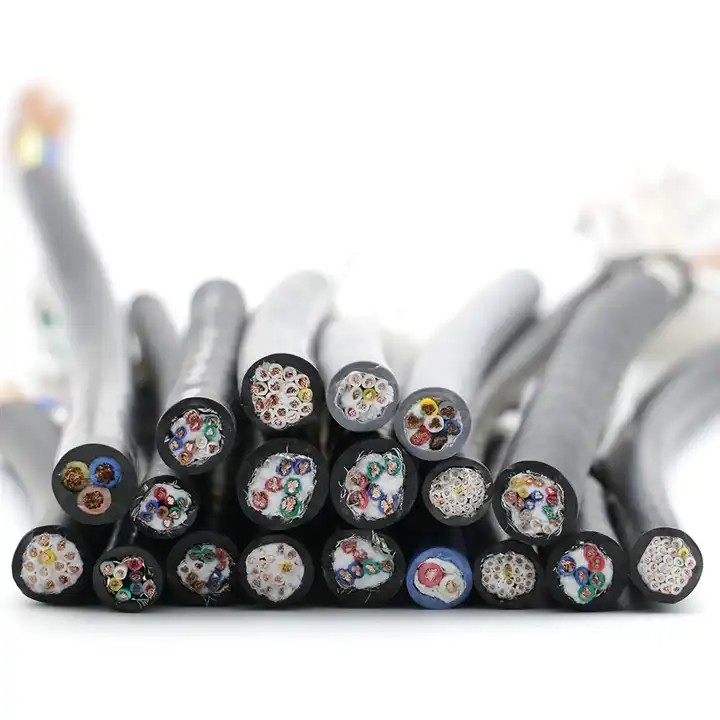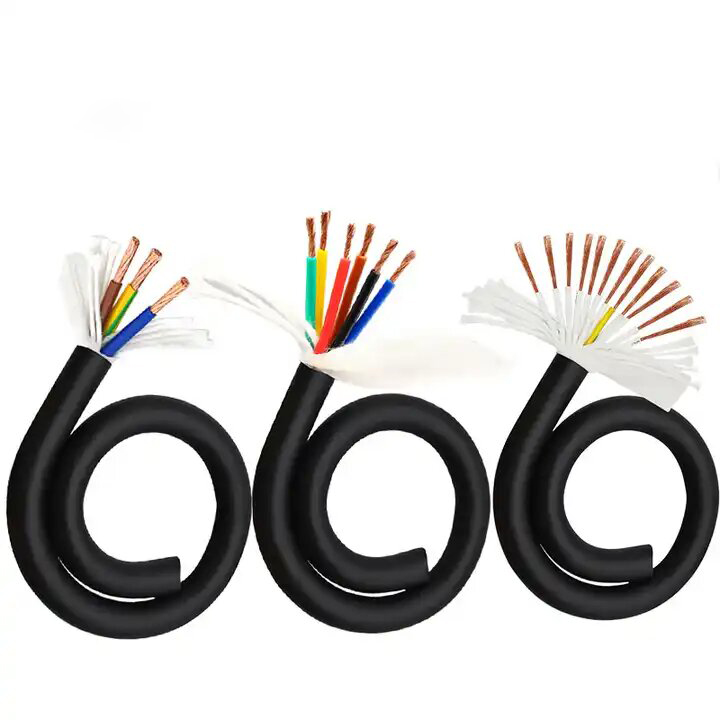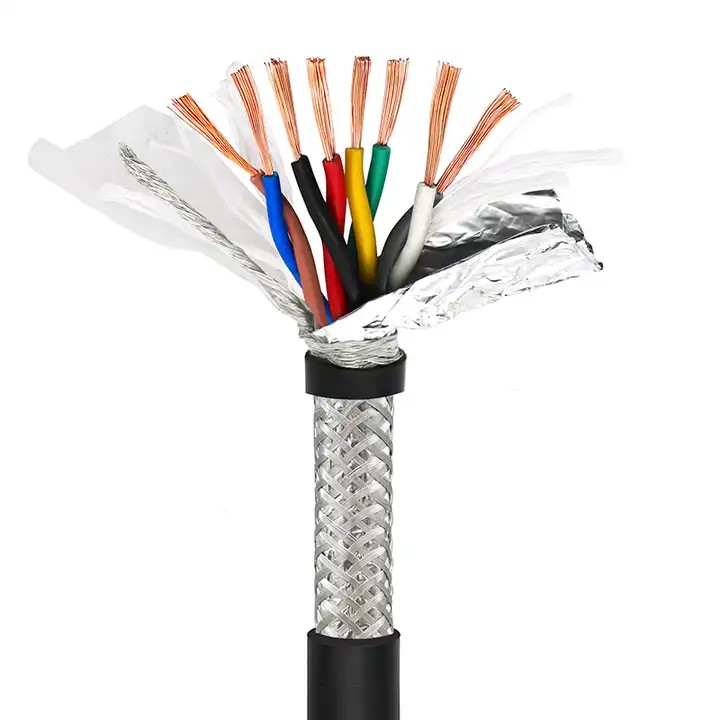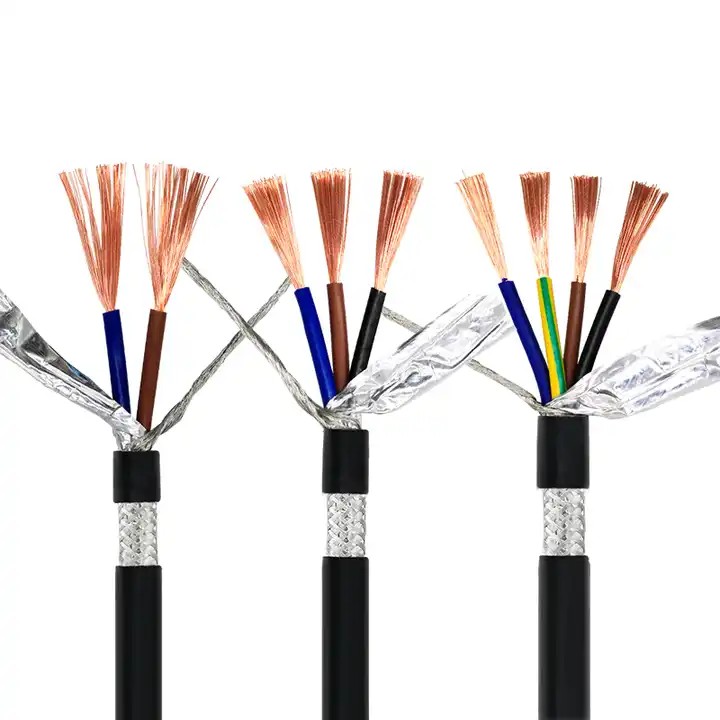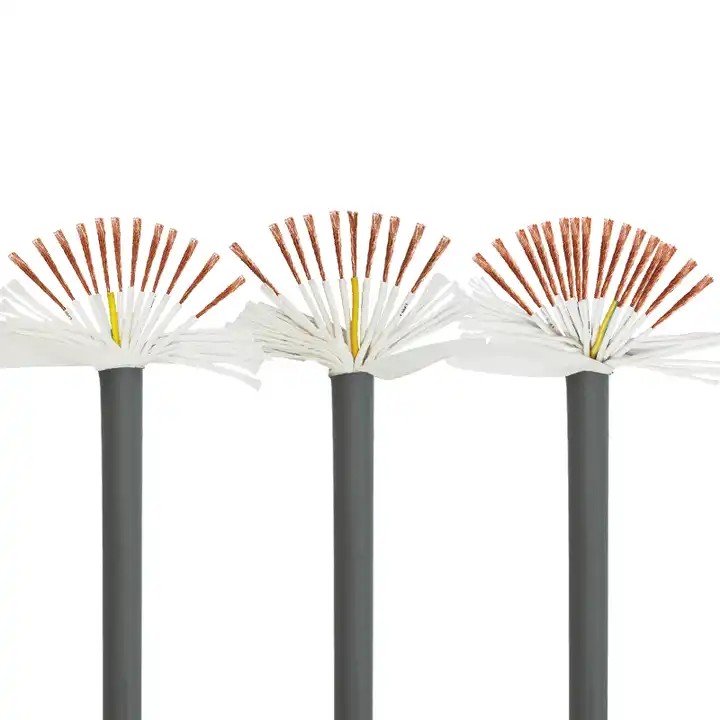How does shielded cable work?
Published:
2024-03-18 04:03:54
Shielded cables play a crucial role in ensuring the efficient and reliable transmission of signals and power across various industries.
Shielded cables, a type of electrical cable, are widely used in various industries to transmit signals and power efficiently while minimizing interference from external electromagnetic fields. This article delves into the intricate details of how shielded cables work and their importance in ensuring reliable and high-quality signal transmission.
1. What is a Shielded Cable?
A shielded cable consists of one or more conductors enclosed within a conducting shield, which is typically composed of foil or braided metal. This shield acts as a barrier between the internal conducting wires and external electromagnetic interference (EMI) or radio frequency interference (RFI).
2. Principle of Operation
The effectiveness of shielded cables lies in their ability to neutralize or block external electromagnetic fields. When an external electric field is present, the conducting shield absorbs the electromagnetic energy, thus preventing it from penetrating the internal conductors.
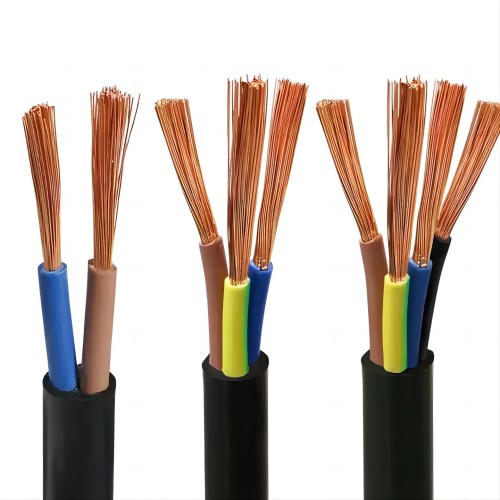
3. Different Types of Shielding Techniques
There are various shielding techniques utilized in shielded cables:
- Foiled Shielding: In this method, thin metal foil is wrapped around the internal conductors, offering excellent protection against high-frequency interference.
- Braided Shielding: Here, the shield consists of a mesh of fine metal wires braided around the conductors, providing superior protection against low-frequency interference.
- Served Shielding: This technique involves using an overall shield made of several layers of served metal wires, offering a balanced shielding solution.
4. Advantages of Shielded Cables
Shielded cables offer several benefits:
- Minimized Interference: The primary advantage of shielded cables is their ability to reduce or eliminate electromagnetic interference, resulting in improved signal integrity and reliability.
- Secure Data Transmission: By minimizing interference, shielded cables enable secure transmission of critical data across long distances.
- Enhanced Performance: Shielding ensures efficient power transmission and optimal performance, particularly in high-speed data communication systems.
5. Common Applications
Shielded cables find applications in a wide range of industries, including:
- Telecommunications: Shielded cables are used to transfer data and voice signals in telecommunication networks, ensuring clear and uninterrupted communication.
- Audio and Video: In audio and video systems, shielded cables eliminate distortions and noise, resulting in better sound and picture quality.
- Medical Equipment: These cables are vital in medical equipment, as they prevent interference that can endanger patient safety.
- Industrial Automation: Shielded cables are employed in automated manufacturing processes to enable reliable control signals and data transfer.
6. Conclusion
Shielded cables play a crucial role in ensuring the efficient and reliable transmission of signals and power across various industries. By incorporating shielding techniques, these cables minimize interference from external electromagnetic fields, allowing for secure and high-quality data transmission. Understanding the inner workings of shielded cables is essential for selecting the appropriate type of cable for specific applications, ultimately leading to improved productivity and performance in modern technologies.


